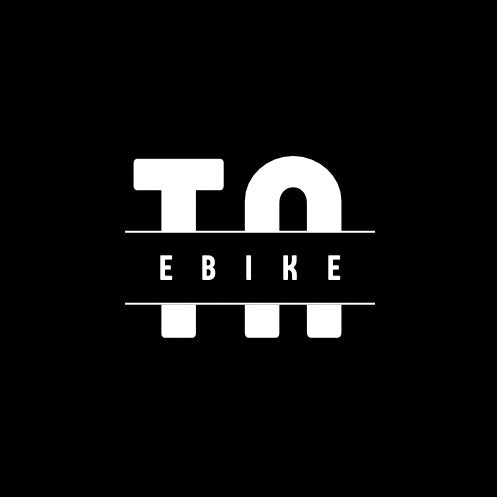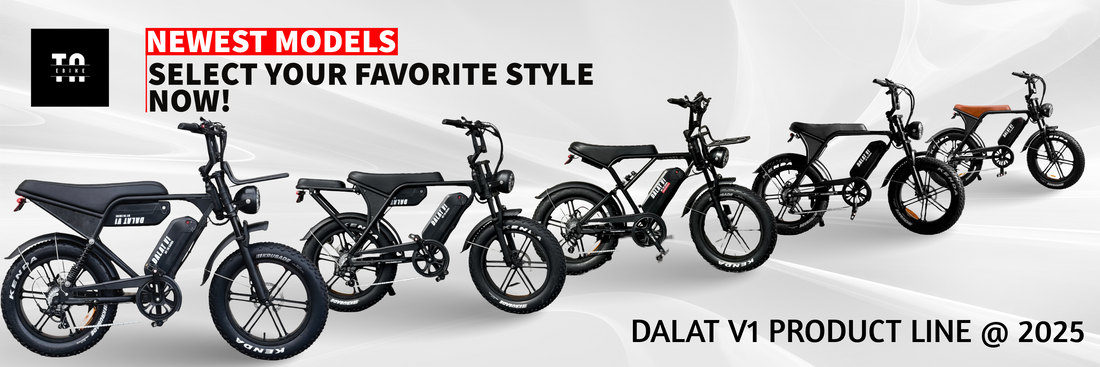Factors That Contribute to eBike Cost
The price of an electric bike isn’t just about the frame and brand—it’s influenced by several key components and accessories:
1. Motor Type & Power
- Hub Motor (Affordable): Found in budget and mid-range models, good for flat terrain.
- Mid-Drive Motor (Expensive): Offers better torque, efficiency, and hill-climbing ability.
2. Battery Capacity & Quality
- Higher watt-hours (Wh) = longer range, but also higher cost. More battery cells are used resulting in higher price
- Premium brands (Bosch, Shimano, Panasonic,LG) provide better longevity and reliability.
3. Frame Material
- Aluminum (Standard): Durable and lightweight, commonly found in mid-range models.
- Carbon Fiber (Premium): Lighter and stronger but significantly more expensive.
4. Braking System
- Mechanical Disc Brakes (Cheaper): Suitable for casual riding.
- Hydraulic Disc Brakes (Expensive): Better stopping power, essential for high speeds and rough terrain.
5. Suspension System
- Rigid Fork (Affordable): Best for city riding.
- Front Suspension (Mid-Range): Improves comfort on uneven roads.
- Full Suspension (Expensive): Ideal for off-road and mountain biking.
6. Accessories & Features
- Lights & Reflectors: Integrated lights increase cost but improve safety.
- Fenders & Racks: Useful for commuters but add to the price.
- Smart Displays & Connectivity: Higher-end models come with LCD screens, Colour display, and smartphone integration.
How Much Should You Spend on an Ebike?
The ideal Ebike budget depends on your riding needs, expected performance, and long-term value. Additionally, several factors contribute to the overall cost, including essential components and accessories. Here’s a breakdown to help determine the right spending range:
1. Budget eBikes ($500 – $1000)
- Use Case: Best for occasional rides, short commutes, and light use.
- Performance: Modest battery capacity (250–500Wh) and entry-level motors (250–500W).
- Durability: Basic components with potential long-term maintenance costs.
Consideration:
While cost-effective, these eBikes may lack power, range, and durability for frequent use. Over time, repairs and battery replacements could add to overall expenses.
2. Mid-Range eBikes ($1000 – $2000)
- Use Case: Ideal for daily commuting, moderate distances, and mixed terrain.
- Performance: Stronger motors (500–750W) and extended battery life (500–700Wh), offering better range and efficiency.
- Durability: Improved braking systems, suspension, and build quality.
Consideration:
This price range strikes the best balance between affordability, performance, and reliability. It meets the needs of most riders while keeping long-term costs manageable. TN Ebike's mid-range electric bikes are ideal when provide both quality and affordability such as Dalat V1 Vintage Edition Ebike, Dalat V1 Sport Edition Electric Bike
3. Premium eBikes ($3,500 – $7,000)
- Use Case: Designed for long-distance travel, frequent hill climbing, and high-performance needs.
- Performance: Advanced motor systems (mid-drive with torque sensors), extended battery life (700Wh+), and premium components.
- Durability: Lightweight frames, superior gearing, and top-tier engineering for longevity.
Consideration:
The higher upfront cost is justified by enhanced efficiency, comfort, and durability. These models offer long-term savings through reduced maintenance and superior ride quality. TN Ebike's Premium-range High End Ebikes offer a longer range battery together with more quality components and technology features, such as Dalat V1 Dual Battery Beast Edition, Dalat V1 Dual Battery Edition Ebike
4. Specialty eBikes ($7,000+)
- Use Case: Suited for extreme performance, off-road biking, or professional applications.
- Performance: Cutting-edge motor technology, lightweight carbon fiber frames, and smart integration features.
- Durability: Built with the highest-quality materials for maximum lifespan and performance.
Consideration:
These eBikes cater to enthusiasts and professionals who demand the best. For most riders, the additional investment offers diminishing returns compared to mid-range or premium models.
Final Thoughts
- Riding frequency: Regular commuters benefit from mid-range or premium models.
- Terrain: Hilly areas require stronger motors and larger batteries.
- Budget vs. longevity: A higher initial investment can reduce long-term costs.
- Customization: Adding accessories like lights, racks, and suspension increases the overall price.
Conclusion:
For most users, a budget of $1,500 – $3,500 provides the best mix of performance, durability, and value. Higher-end models suit specialized riders, while budget options work for casual use with some trade-offs. Investing in quality components ensures a better riding experience and long-term savings.

